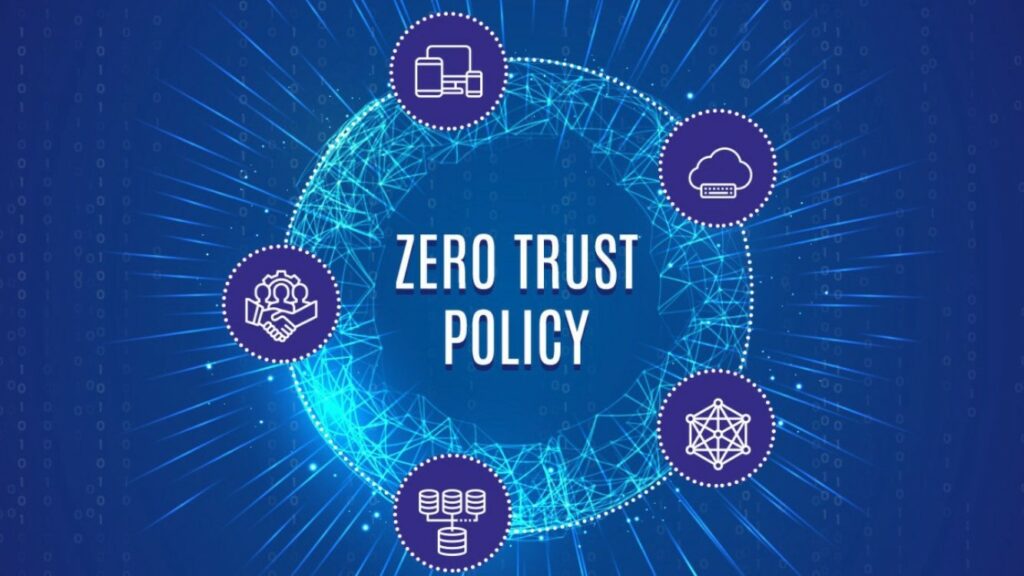Zero-Trust: An Effective Model For Physical Security & Surveillance

As technology continues to evolve, physical security measures have also had to evolve in order to keep pace with the ever-increasing sophistication of cyber attacks. The Zero-Trust model, which has proven effective in cybersecurity, is now being adapted to physical security in order to create a more secure environment.
Traditional physical security measures have focused on creating a perimeter around the assets that need to be protected. This often involves gates, fences, and security personnel who are trained to monitor and control access to the area. However, these measures are not foolproof and determined attackers can often find ways to bypass them. Once they are inside, they can move around the premises relatively undetected.
The Zero-Trust model takes a different approach. Instead of assuming that everyone inside the perimeter is trustworthy, it assumes that everyone, regardless of their location, is a potential threat. This means that every access request is thoroughly vetted and authenticated, and access is only granted if the requester is deemed to be authorized.
In the physical security realm, this means that access controls are implemented at every point of entry, and everyone who seeks entry is thoroughly vetted. This includes not just employees, but also contractors, vendors, and visitors. This may involve requiring a multi-factor authentication process, such as a combination of ID cards, biometric scans, and passwords.
The benefits of the Zero-Trust model in physical security are numerous. By implementing access controls at every point of entry, it becomes much more difficult for attackers to move around the premises undetected. It also makes it more difficult for attackers to obtain credentials that would enable them to access sensitive areas.
In addition, the Zero-Trust model makes it easier to track access and monitor for unusual activity. If someone attempts to access an area that they are not authorized to be in, or if they attempt to access an area at an unusual time, it will be immediately flagged for further investigation.
Of course, implementing a Zero-Trust model in physical security is not without its challenges. It can be expensive and time-consuming to implement the necessary access controls and authentication processes. It can also be difficult to balance the need for security with the need for convenience and efficiency.
However, the benefits of a Zero-Trust approach to physical security far outweigh the challenges. By taking a proactive approach to security, organizations can significantly reduce their risk of a breach and better protect their assets. As we move further into 2023 and beyond, we can expect to see more and more organizations adopting the Zero-Trust model in order to ensure the security of their physical assets.



